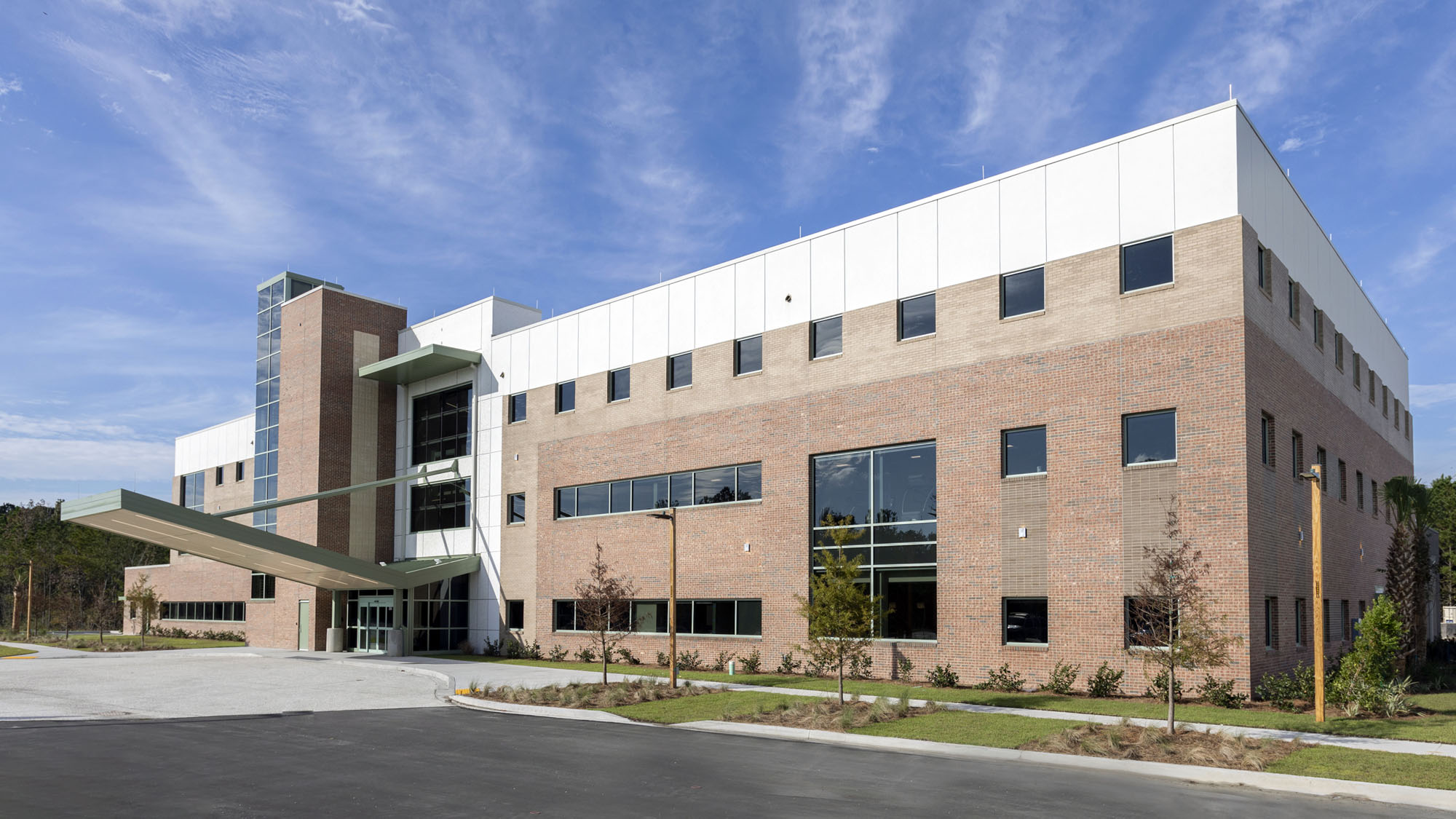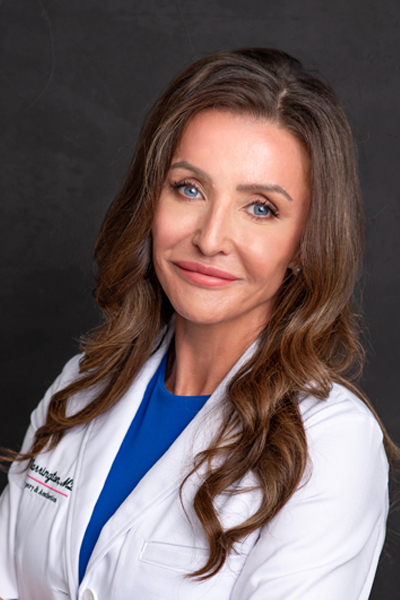Reconstructive Surgery
Specialized Reconstructive Surgery Services
Reconstructive surgery improves the appearance and function of body parts that have been affected by birth defects, developmental abnormalities, an accident or illness. Procedures such as breast reconstruction, scar revision and skin cancer reconstruction can help you regain your confidence. Most people feel that their surgery has made a meaningful difference to their quality of life. It can be an important step in your journey to recover from a disease or injury.
Reconstructive procedures can also improve function, for example, by reducing visual field obstruction or enhancing mobility, so you can live an active life. Our team is led by Dr. Heidi Harrington, an award-winning, board-certified plastic surgeon with more than two decades of experience in reconstructive surgery. As your trusted partner, she will take time to understand your unique situation and expectations and help you achieve your desired results.
To schedule an appointment, call 843-707-8020.
How is Reconstructive Surgery Performed?
Your surgery will depend on the type of procedure, your diagnosis, your overall health and your medical history. Your healthcare team will work closely with other specialists to achieve the best possible results.
Reconstructive surgeons use various techniques to repair damage to your body or a congenital defect, typically by transferring tissue from another part of your body. The goal is to improve or restore normal function, as well as enhance your appearance and minimize any visible impacts of surgery.
Techniques include grafting healthy skin from another part of your body, grafting a skin and tissue flap (which includes its own blood supply), or tissue expansion, which enables your body to grow extra skin by stretching tissue. This may include implants, for example, in breast reconstruction following a mastectomy.
Minor procedures can be performed at Okatie Medical Pavilion, while more complex surgeries will take place at Beaufort Memorial Hospital. You will have either general or local anesthesia. Your healthcare team will advise you on what to expect during recovery.
What Conditions Does It Treat?
Unlike cosmetic surgery, reconstructive surgery is usually considered medically necessary and can restore form and function. It might be an option if you have:
- Breast cancer: Surgery can restore the appearance of your breasts following mastectomy (breast removal) or lumpectomy (lump removal).
- Congenital breast and chest deformities: These include being born with underdeveloped chest muscles or missing or additional nipples or areola (the ring of pigmented skin around your nipple).
- Congenital ear defects or ear damage: Ear surgery can improve the position and proportion of ears, enhancing appearance and confidence.
- Lacerations and wounds: Reconstructing skin and tissue after a wound, improves healing and appearance and reduces the chance of infection.
- Skin cancer: Surgical procedures such as flap surgery can restore skin and reduce scarring after the cancer has been removed by a dermatologist.
- Visual field obstruction: Eyelid surgery, or blepharoplasty, can treat functional problems with your eyelids as well as improve appearance.
Your plastic surgeon will work with your healthcare team, perhaps including other surgeons or your oncologist. They will develop a treatment plan tailored to you based on the type of procedure you are receiving.
Common Reconstructive Procedures
Breast Reconstructive Procedures
Breast reconstruction following cancer treatment aims to restore one or both breasts to a normal size, shape and appearance. It is also an option if you were born with a breast anomaly, such as asymmetrical breasts.
When possible, our plastic surgeon works alongside your breast oncology surgeon to provide direct-to-implant procedures, which combine a mastectomy and breast reconstruction into one surgery. However, depending on the situation, you might need several procedures at different stages, using either implants or a flap from another part of your body. Fat transfer breast augmentation uses fat taken by liposuction from your body. Oncoplastic breast reduction combines cancer removal with reducing size to improve function and appearance.
Even if only one breast is affected, your surgeon might lift or augment your other one to ensure they match. Your nipples and areola may be reconstructed in a separate surgery after your breasts have had time to heal.
In other cases, you might choose breast reduction surgery if your breasts are impacting your quality of life. TOP surgery is a gender-affirming procedure that gives your chest a more masculine or feminine appearance.
Body Reconstructive Procedures
Skin cancer, scars, and lacerations can affect your confidence and daily life. Plastic surgeons can restore your appearance after skin cancer has been removed by a dermatologist.
Scar revision surgery can improve the look of prominent scars, helping them blend into your skin’s surface. Plastic surgeons can perform laceration repair to wounds on your face and body while achieving the best cosmetic results.
Panniculectomy is a common procedure that removes excess skin and fat hanging from the abdomen. This is often required following weight loss or bariatric surgery and can improve mobility and reduce discomfort.
Face Reconstructive Procedures
Facial reconstruction can restore your appearance and self-esteem following skin cancer or injuries, or if you were born with a congenital defect. Scar revision, repair after skin cancer lesion removal and laceration repair are all frequently performed on the face.
Eyelid surgery can rejuvenate drooping or puffy eyelids, as well as improve vision. Ear surgery, or otoplasty, is common in adults and children. It can create a natural, balanced appearance if you feel self-conscious about large, protruding or damaged ears.
Call 843-707-8020 to schedule an appointment.

Physician Practice
Beaufort Memorial Plastic Surgery & Aesthetics
122 Okatie Center Blvd. North Suite 220, Okatie Medical Pavilion - Okatie, SC 29909

